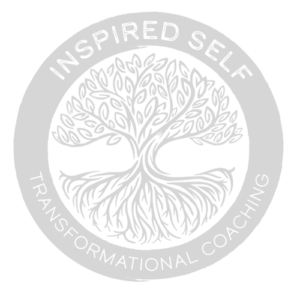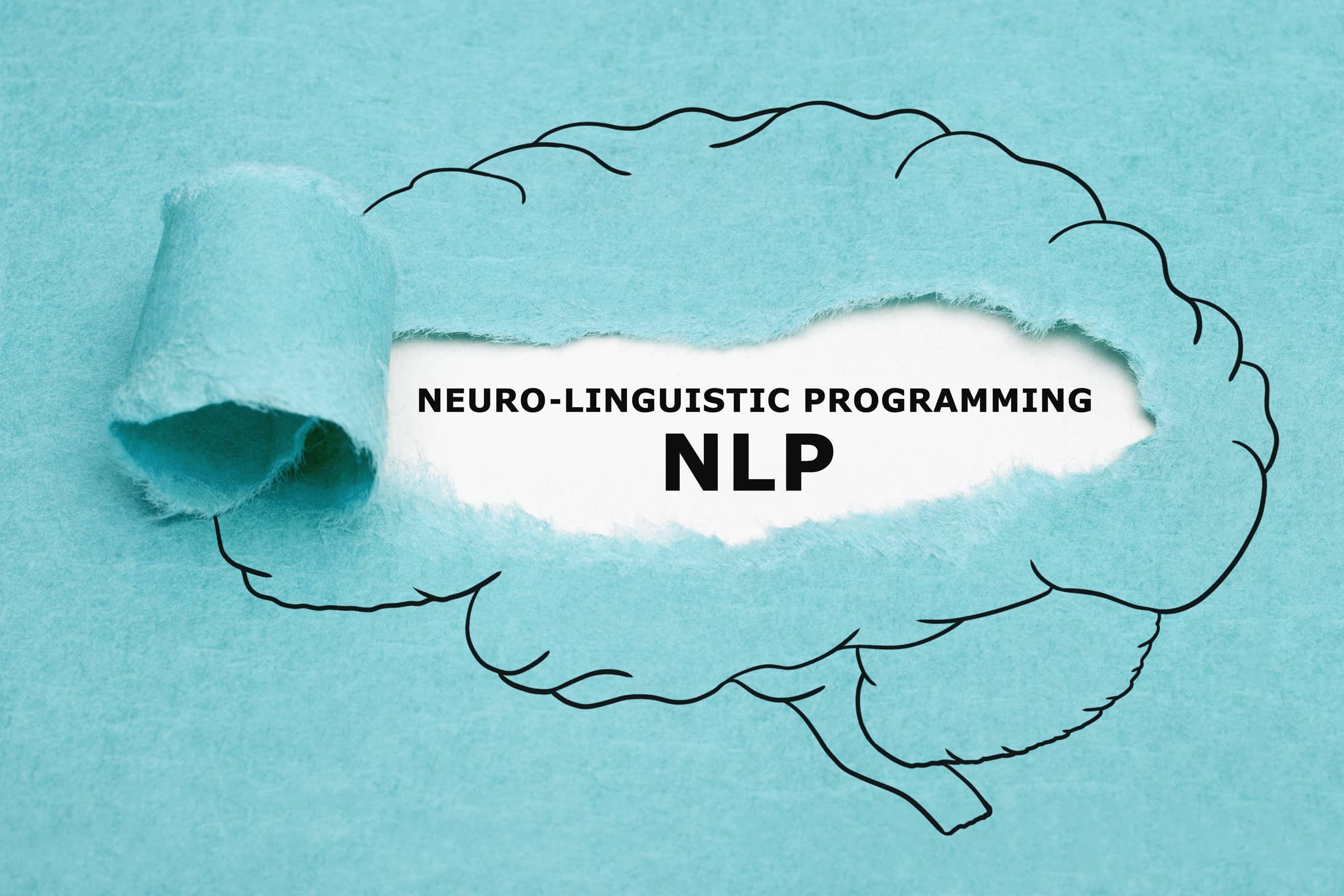Neuro-linguistic programming and “The Structure of Magic”
I reference “The Structure of Magic” in the title of this blog post not only because it’s the title of a profound book on NLP (Neuro-linguistic programming) written in the 1970s by Richard Bandler, but also because many people who witness the benefits of NLP often think of the results as magic.
But what is magic really? In my understanding, cultures historically label things as magic that they don’t understand. Often, related to limited or absence of understanding of advanced science, mathematics, or technology. So let’s break down what NLP really is so that we can form a proper understanding and remove the mystery.
What is NLP and why is it so important?
Neuro-linguistic programming (NLP) is a psychological approach that involves analyzing strategies used by successful individuals and applying them to reach a personal goal. It relates to thoughts, language, and patterns of behavior.
How it works:
Modeling, action, and effective communication are primary elements of neuro-linguistic programming. The belief is that if an individual can understand how another person accomplishes a task, the process may be copied and communicated to others so they too can accomplish the task.
The Benefits of NLP:
There are endless benefits to incorporating NLP into life and leadership coaching. I’d like to highlight just one example of the power of NLP in this post.
Often, we have disturbing memories that live with us and subconsciously bring fear into our daily lives. They also subconsciously inform our decisions daily. As an example, if you were physically injured while snowboarding years ago, you may have fears that still live with you related to ice, snow, and physical activity around winter sports. The reason this fear is still present is because you have a very vivid memory of the event that is still present with you.
NLP allows you to go deep into this vivid image and systematically program yourself to adjust how this memory lives in your brain. As an example, you may have a very vivid memory. There may be loud and disturbing sounds, the mountain may look larger than life, the group of people around you may give you the feeling of being unsafe, etc.
NLP gives us a tool to readjust our memory. Perhaps make the visual less imposing, adjusting the memory of the people in your presence to be kind individuals rather than a collection of scary, faceless bodies. Adjusting the sounds to be farther away and quieter. These are just some examples, but I am hopeful it’s a good illustration to deepen your understanding of just one application of NLP.
When we adjust our memories of past traumatic events, we effect how they impact us in our life today. This can bring a new sense of ease, peace, and calmness. We can open the door to more options and opportunities in life when the fear of a past experience no longer informs our decision making today.
Adam is a former Fortune 500 senior executive. He is a father, husband, student of life, and “self-awareness” transformational coaching leader.
Talk to Adam for FREE
SCHEDULE A NO OBLIGATION ONE-ON-ONE SESSION
Tell me about where you are in life, and I’ll suggest some tools to help you find new insights. It’s my purpose to serve others, so even if this meeting is our only interaction in life, I get the pleasure of meeting you and living my highest purpose.






